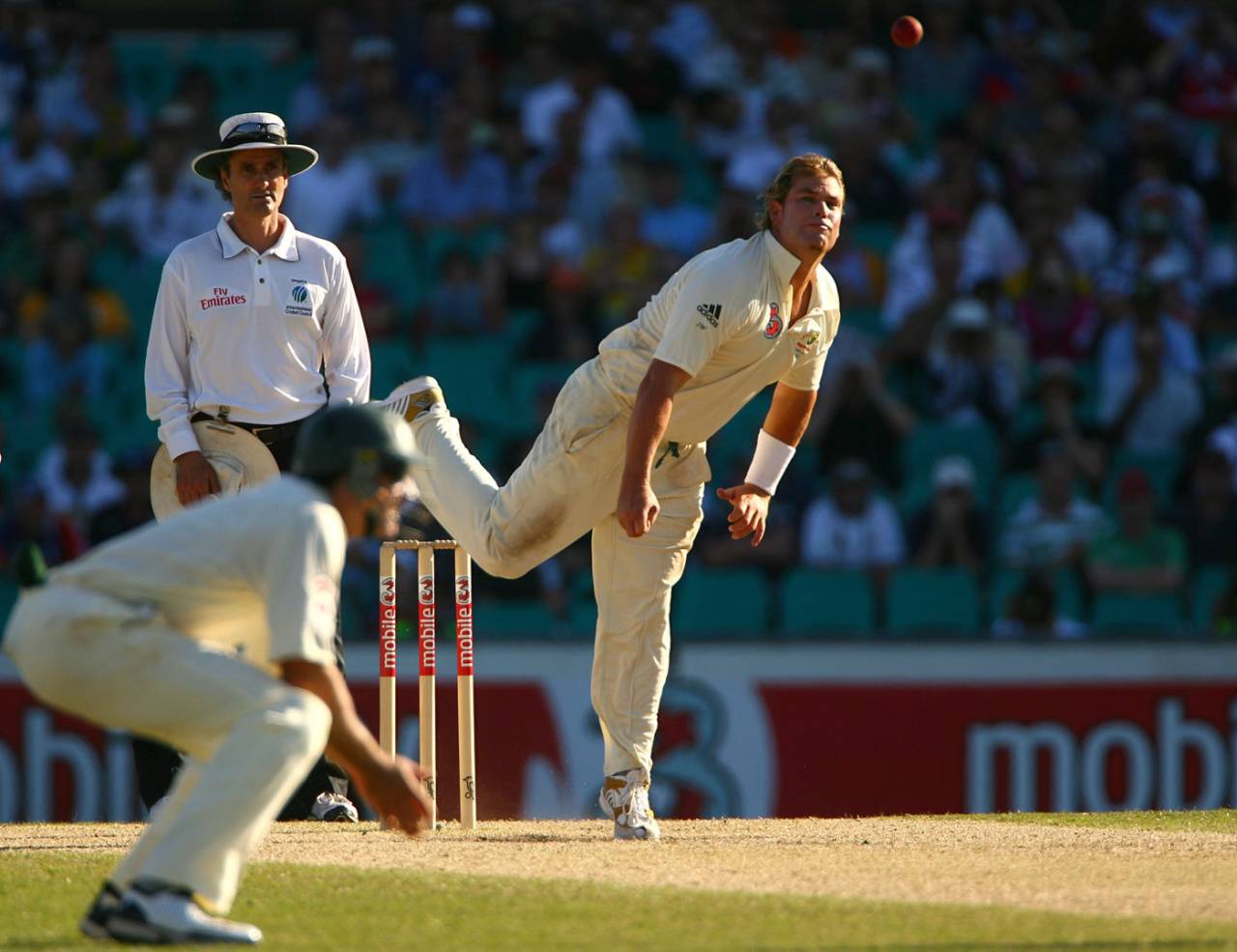In recent times Australia's inability to play spin bowling successfully has led to opponents preparing dry and dusty pitches in order to take advantage of this weakness.
Equally disturbing has been the inability of Australia's spinners to take advantage of these conditions and similarly reduce the opposition to tatters. A considerable component in Australia's inability to win in these conditions is the opposition regularly piling up big scores.
And Australia can't claim this is because, as has happened in the UAE, they are batting second. In India in 2012-13 they batted first in all four Tests and still conspired to lose the lot.
There has been a downward trend in one important aspect of Australian first-class cricket in the last 50 years: the demise of the wristspinner. How has the country that spawned Arthur Mailey, Bill O'Reilly, Clarrie Grimmett, Richie Benaud, Shane Warne and Stuart MacGill subsided to the point where wristspinners are now as scarce as the 1934 Australian penny?
The nature of Australia's bouncy pitches suggests the slow bowlers most likely to succeed are the good wristspinners rather than the fingerspinners. Unless you have the class of Ashley Mallett, the art of fingerspin in Australia is extremely difficult and one of rare rewards.
Nevertheless, Australia has regressed from a country where in the 1960s virtually every Shield side played one wristspinner and New South Wales and South Australia often selected two. These days it's hard to find one in first-class cricket. You're more likely to find the sole spinner in a Shield side is a fingerspinner, and even more disturbing, there's a paucity of wristspinners in club cricket.
What makes this trend even more difficult to understand is that it follows a period where Warne regularly mesmerised batsmen, and Stuart MacGill, when he got the opportunity, wasn't far behind in the bamboozling stakes. At the height of Warne's success it was felt his enormous following of young fans would reignite the art of legspin in Australia.
That revolution hasn't eventuated.
The success of Pakistan's debutant legspinner Yasir Shah against Australia's timid batsmen suggests someone should reignite the revolution.
There are a number of reasons for the demise of wristspin in Australia. First and foremost, it's a difficult art where a lot of patience is required, and in the modern world this is not the virtue that was once preached.
Warne may have hit on another reason, because he demands that not only slow bowlers but captains are invited to his spin sessions. In an era where so much short-form cricket is played, the art of containment has outstripped the attacking instincts of most captains. A toothless seamer dripping runs steadily is often preferred to a wristspinner who might occasionally be despatched over the boundary line but is always a wicket-taking threat.
In a fast-moving world it's often forgotten that improvement, not change is important. When Rodney Marsh left the Australian Academy to head the English version in 2001, a lot of the guest coaches he invited to tutor the students weren't re-engaged. When his successor was asked why, the answer was: "They played seventies cricket, the game has moved on."
One of those guest coaches was Terry Jenner, a confidant of Warne's and a marvellous tutor of slow bowlers, with a particular passion for wristspinners. If he were still around he'd stress the importance of wristspinners needing to be either exceptional like Warne and Bill O'Reilly and spin the ball with control, or more traditional like MacGill and Arthur Mailey, who both turned the ball viciously and had the courage to keep seeking wickets while copping punishment.
It's often said you can't shape your future unless you remember your past. Australia has a glorious history of producing excellent wristspinners that shouldn't be ignored. It should also be remembered that in those eras when wristspin prospered in Australia, there were a lot of stroke-making batsmen who were proficient against spin bowling.
Former Australia captain Ian Chappell is now a cricket commentator for Channel 9, and a columnist
